Laser engraving machines for guns incorporate a laser, a controller, and a surface to imprint patterns. These machines operate by projecting laser beams onto the material, vaporizing it to create precise markings. The design is crafted using software that converts it into digital signals, directing the engraving head to replicate the pattern on the gun's surface.
Different laser engraving techniques are employed depending on the project requirements. For stationary guns, the laser beam moves in an X and Y direction, while for cylindrical surfaces, the laser may move in a spiral pattern. Additionally, inbuilt mirrors can direct the laser beam across the gun's surface, suitable for both flat and cylindrical work.
The technical specifications of these machines vary, with some designed for flat surface engraving and others for uneven or curved surfaces. The laser power and processing speed are critical factors, influencing the machine's versatility across different gun types and materials. A higher output power translates to greater engraving efficiency.
Material compatibility is also a key feature, with some machines capable of marking various materials including metals, plastics, and coated metals. The choice of laser—fiber, CO2, or UV—depends on the material, with fiber lasers commonly used for metals and CO2 for plastics.
Safety features are integral, with some machines offering enclosures to protect operators. Software ease-of-use is another important aspect, enabling the conversion of designs into engravings on materials like metallic alloys and plastics.


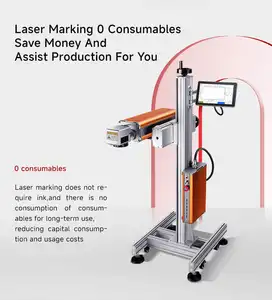





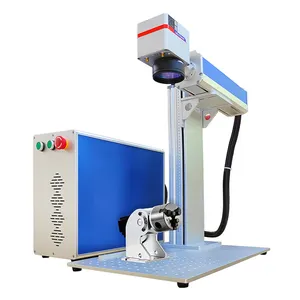







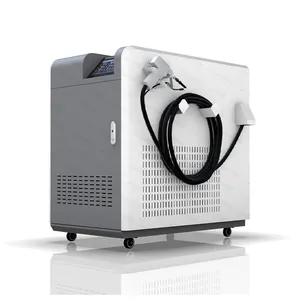
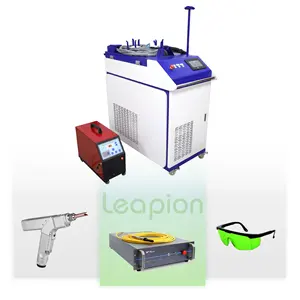

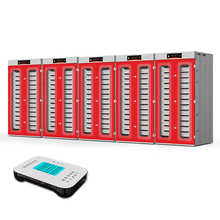
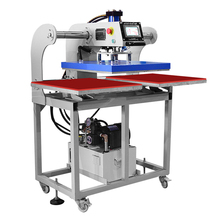
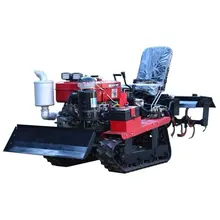

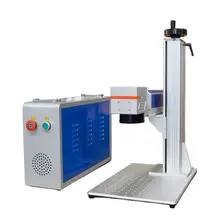




























 浙公网安备 33010002000092号
浙公网安备 33010002000092号 浙B2-20120091-4
浙B2-20120091-4